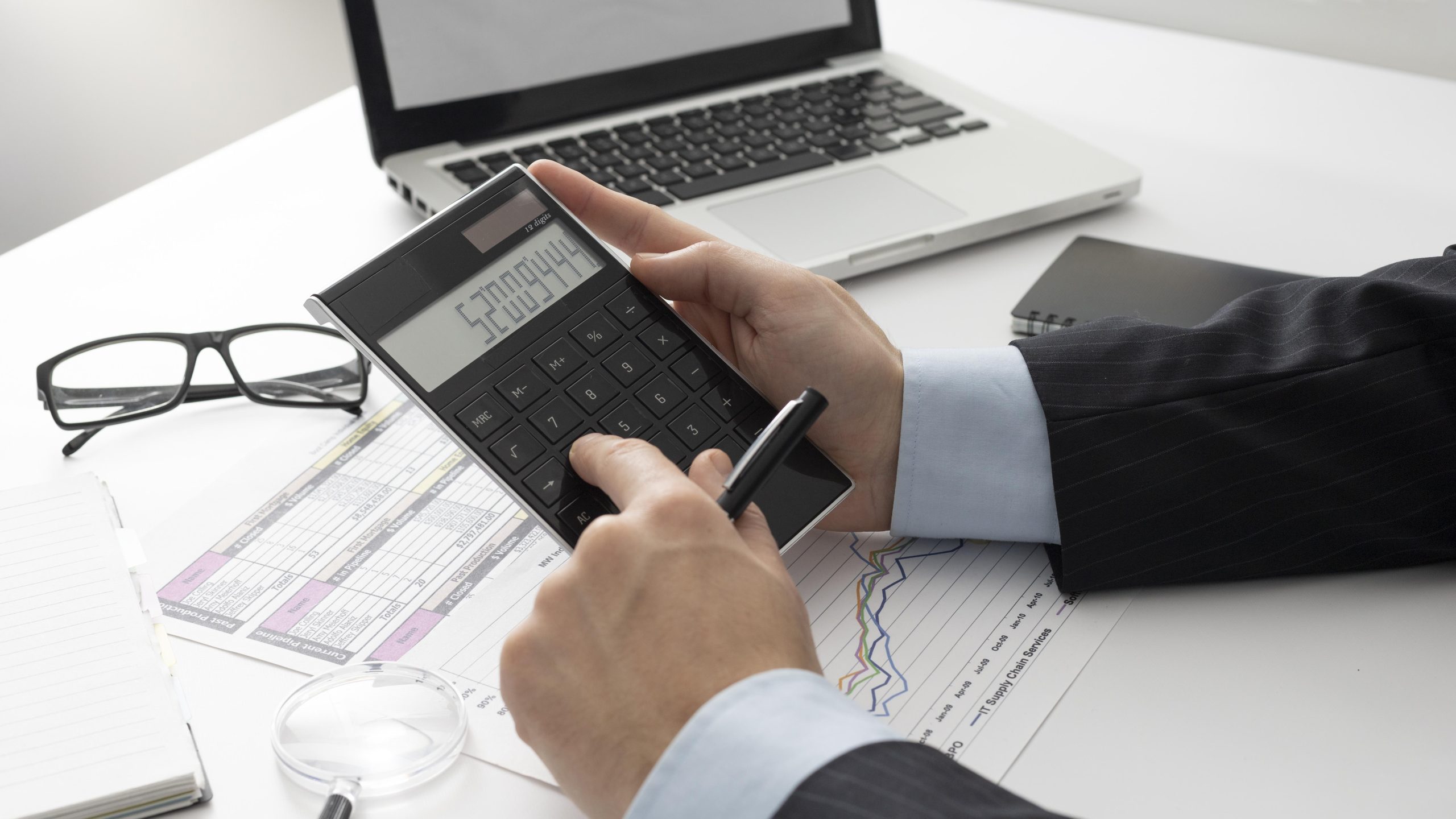If you’re a small business owner or a sole trader, you might be confused about your accounting needs including your profit and loss statement.
This guide will help you understand what a profit and loss statement is, why it’s important for your financial health, what goes into a profit and loss statement, and how to properly analyse a profit and loss statement to make important business decisions. Take a squiz.
What is a profit and loss statement?

Your profit and loss statement, commonly known as your P&L statement, income statement, or statement of earnings, is a financial statement that breaks down your business’s revenue and expenditure.
Why is the P&L statement important for your financial health?
Here’s how having a good P&L statement helps you turn your business finances into a box of birds.
#1 Helping with revenue management

Your P&L statement helps you closely monitor your revenue streams and sales patterns.
This will help you come up with better business strategies to boost revenue generation and improve your net income.
#2 Facilitating efficient spending

Your P&L statement also helps you closely monitor your spending patterns. With this you can strategize how to improve spending efficiency.
#3 Boosting profitability

You can analyse the profitability of your products and services by reviewing your gross profit and net profit through your P&L statement.
This will help you identify how to boost your profit margins and yield more revenue for your products and services.
#4 Optimising cost of goods sold

With the detailed cost overview offered by your P&L statement, you can easily spot any openings for saving up.
This might be a chance to ask for bulk-buying discounts or to decide to look for cheaper supplier alternatives.
#5 Facilitating financial forecasting and budgeting

The financial information provided by your P&L statement will help you plan for future requirements with confidence.
What does the P&L statement consist of?
The P&L statement consists of your business’s total revenue, total expenses and cost of goods sold, as well as net income.
How do you use a P&L statement to develop business strategies?
A P&L statement is a crucial element of financial reporting so it’s important to know how to analyse it for better decision making and tax planning.
#1 The “top line” or total revenue

This section covers all the revenues your business received within a set period of time including sales from your goods or services as well as any other income that you’re receiving.
In this section, make sure to deduct your cost of goods sold from the income to obtain the “gross profit”.
Total revenue – Cost of goods sold (COGS) = Gross profit
Here’s how you can use this section to make strategic decisions:
- If you notice an increase in sales of a certain product or service, this indicates that you can slightly increase your price in a way that is still competitive but also more profitable to you.
- If you observe declining sales in certain products and services, you can try lowering their prices to make them more attractive to buyers. Make sure this price decline is still within a profitable range to your business.
- Over a certain period of time, observe how your cost of goods and services change. If it’s rising more rapidly than your income this means that you’re increasingly spending too much on the production of your goods or services. It might be time to look into more affordable suppliers and methods of production.
#2 The expenses

This section outlines all the expenses that you incurred when running your business, like rent, utilities, marketing costs, payroll, and any other operational expenses.
You don’t have to include the cost of goods sold here since it was already deducted in the revenue section.
This section gives you an overview into all your expenses and helps you determine how each contributes to your net income
#3 The profit

This is the last section of the income statement or the P&L statement.
It includes the net profit that your business made at the end of a set period of time, obtained by subtracting total expenses from the gross profit which you obtained in the income section.
Gross profit – Total expenses = Net profit
Here’s how you can use this section to make strategic decisions:
- If the net profit value is positive then you can truly regard it as a profit.
- If it’s negative then you’ve incurred a loss.
- In this case, you can refer to your P&L statement and go through all your expenses and revenues to determine where your spending inefficiencies lie.
- If you spot a correlation between certain highly expensive resources and certain unprofitable goods or services, then it may be time to allocate these expensive resources on more profitable goods and services.
We can help – comprehensive P&L statements and detailed financial reporting by chartered accountants

We’ve got you covered. For nearly a decade, our chartered accountants have been providing quality financial services to small & medium NZ businesses.
Focus on growing your business while our experts handle your accounting and financial tasks. Drop us a kia ora and we’ll take it from there.




